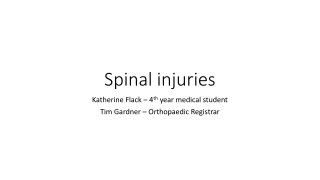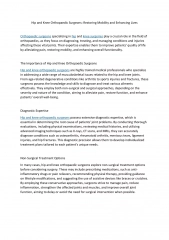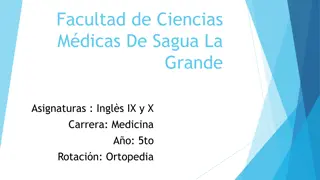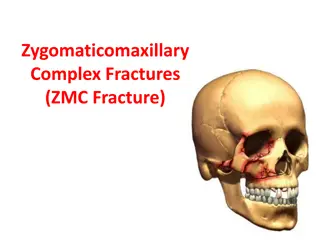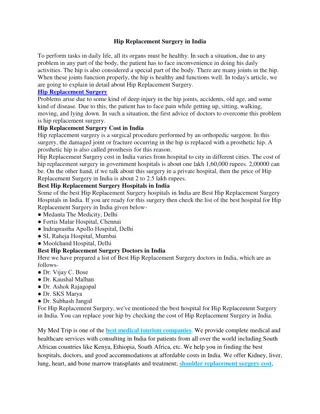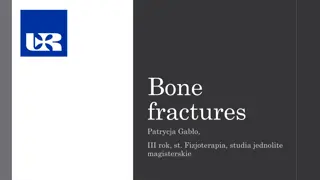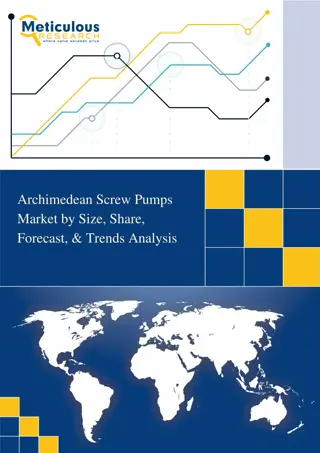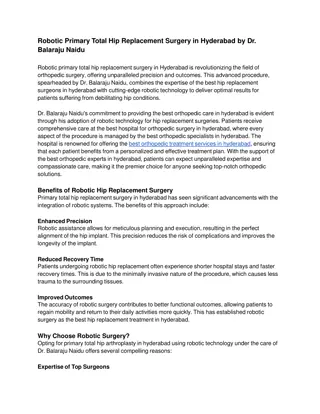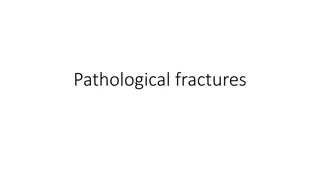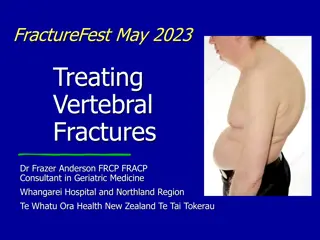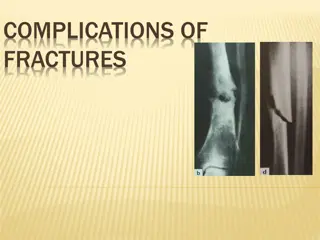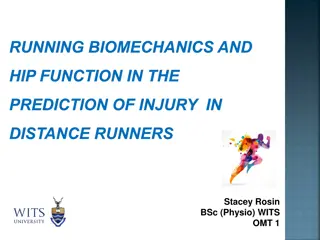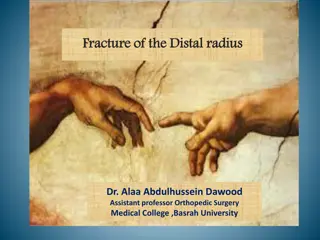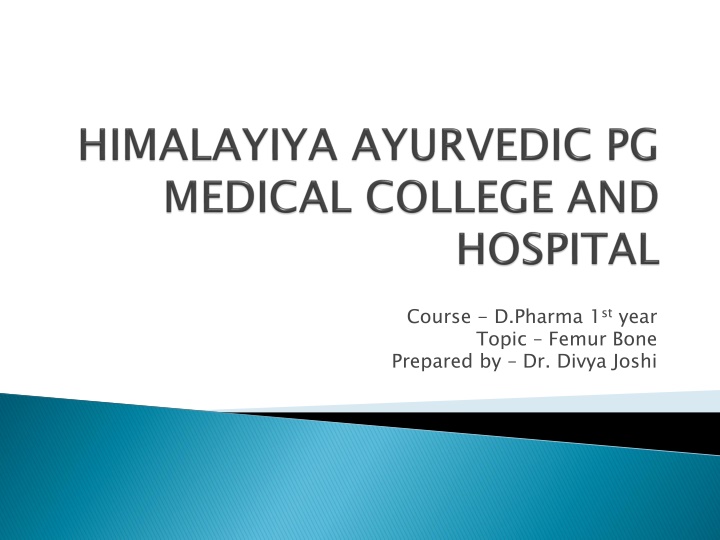
Dynamic Hip Screw for Proximal Femur Fractures
This practical exercise demonstrates the stabilisation of proximal femur trochanteric fractures using the Dynamic Hip Screw (DHS) technique. It covers clinical indications, surgical approach, correct screw and plate placement, as well as options for screw fixation and fracture compression. The step-by-step process includes patient positioning, fracture reduction, incision and approach, guide wire insertion, reaming, DHS screw assembly, plate fixation, and additional options like compression screws and locking devices. Key take-home messages stress the importance of adequate reduction and proper hardware placement in reducing failure rates.
Download Presentation

Please find below an Image/Link to download the presentation.
The content on the website is provided AS IS for your information and personal use only. It may not be sold, licensed, or shared on other websites without obtaining consent from the author. If you encounter any issues during the download, it is possible that the publisher has removed the file from their server.
You are allowed to download the files provided on this website for personal or commercial use, subject to the condition that they are used lawfully. All files are the property of their respective owners.
The content on the website is provided AS IS for your information and personal use only. It may not be sold, licensed, or shared on other websites without obtaining consent from the author.
E N D
Presentation Transcript
Course - D.Pharma 1styear Topic Femur Bone Prepared by Dr. Divya Joshi
The femur or thigh bone is the longest and the strongest bone of the body. Like any other long bone it ha two ends upper and lower ,and a shaft. Side Determination 1. The upper end bears a rounded head whereas the lower end is widely expanded to form two large condyles. 2. The head is directed medially. 3. Side Determination- - The cylindrical shaft is convex forward. Upper End The upper end of the femur includes the head, the neck, the greater trochanter, the lesser trochanter, the intertrochanteric line. Upper End- -
HEAD 1. HEAD- - The head forms more than half of a sphere, and is directed medially, upwards and slightly forwards. It articulates with the acetabulum acetabulum to form the hip joint. 2. NECK It connects the head with the shaft and is about 3.7cm long. The neck has two borders and two surfaces- A] B] NECK- - 1. 2. A] upper and lower border. B] Anterior and posterior surface. GREATER TROCHANTER This is large quadrangular prominence located at the upper part of the junction of neck with the shaft. GREATER TROCHANTER- -
LESSER TROCHANTER It is a conical eminence directed medially and backwards form the junction of the posteroinferior part of the neck with the shaft. LESSER TROCHANTER- - SHAFT The shaft is more or less cylindrical . It is narrowest in the middle, and is more expanded inferiorly than superiorly. SHAFT LOWER END The lower end of the femur is widely expnded to form two large condyles, one medial and one lateral. Anteriorly the two condyles are united , posteriorly they are separated by a deep gap . LOWER END OSSIFICATION The femur ossifies from one primary and four secondary centers. OSSIFICATION
THANK THANK YOU YOU

